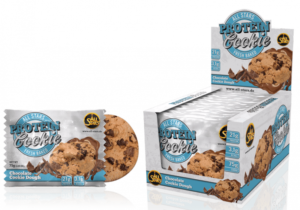Home » How To Reduce Food Packaging Waste
How To Reduce Food Packaging Waste
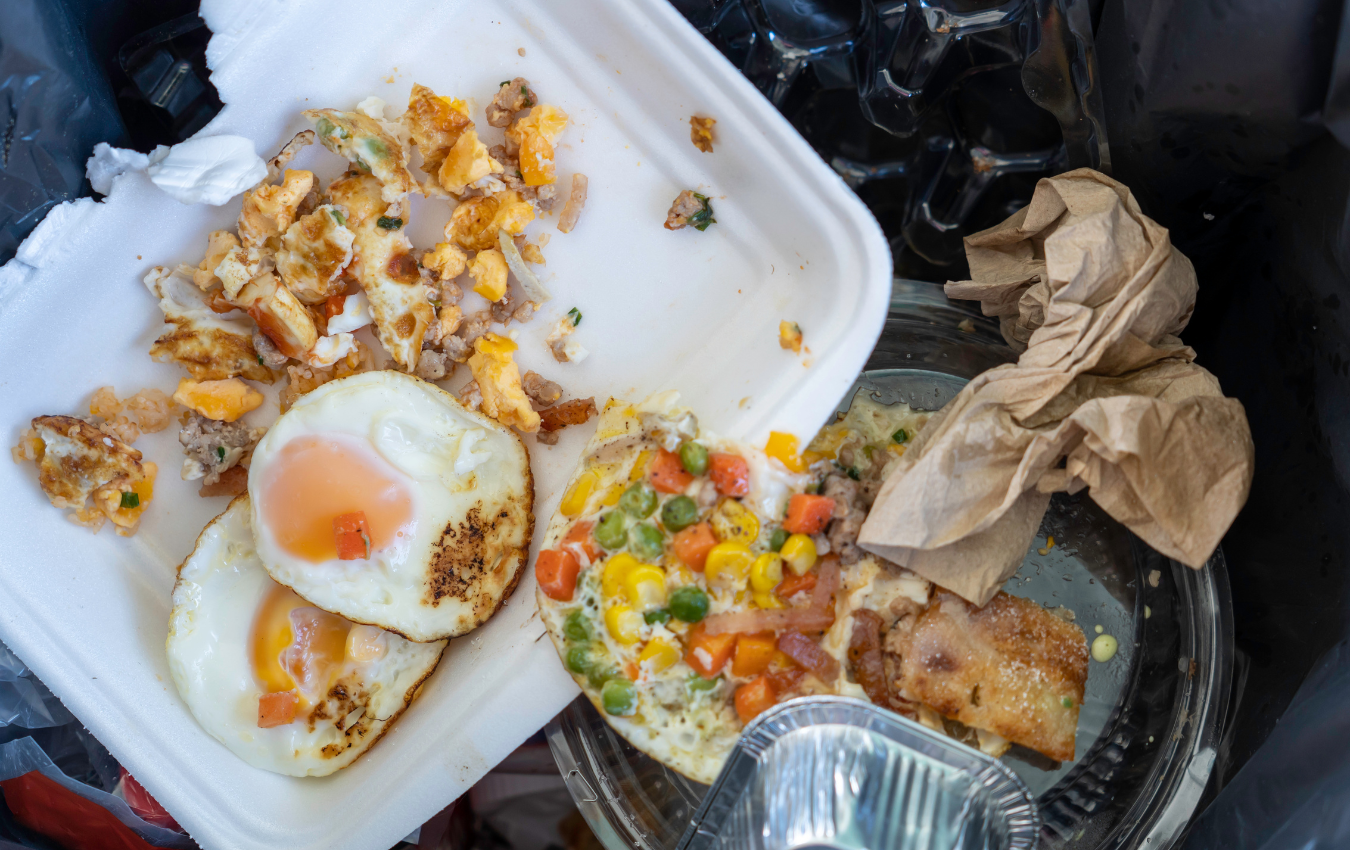
Food packaging waste is a pressing environmental issue that demands our attention. Excessive packaging, single-use plastics, limited recycling facilities, and consumer habits all contribute to the problem. In this blog, we will explore effective strategies to minimize food packaging waste, from sustainable materials to consumer education and corporate responsibility.
The Challenge of Food Packaging Waste
Excessive Packaging: Over-packaging, or using more packaging than necessary, is a significant contributor to food packaging waste.
Single-Use Plastics: Single-use plastic packaging, notorious for its non-biodegradable nature, poses a severe threat to the environment.
Lack of Recycling: Inadequate recycling facilities and low recycling rates for certain materials exacerbate the problem.
Consumer Behavior: Consumer habits, including excessive food waste and improper disposal of packaging, also contribute to the issue.
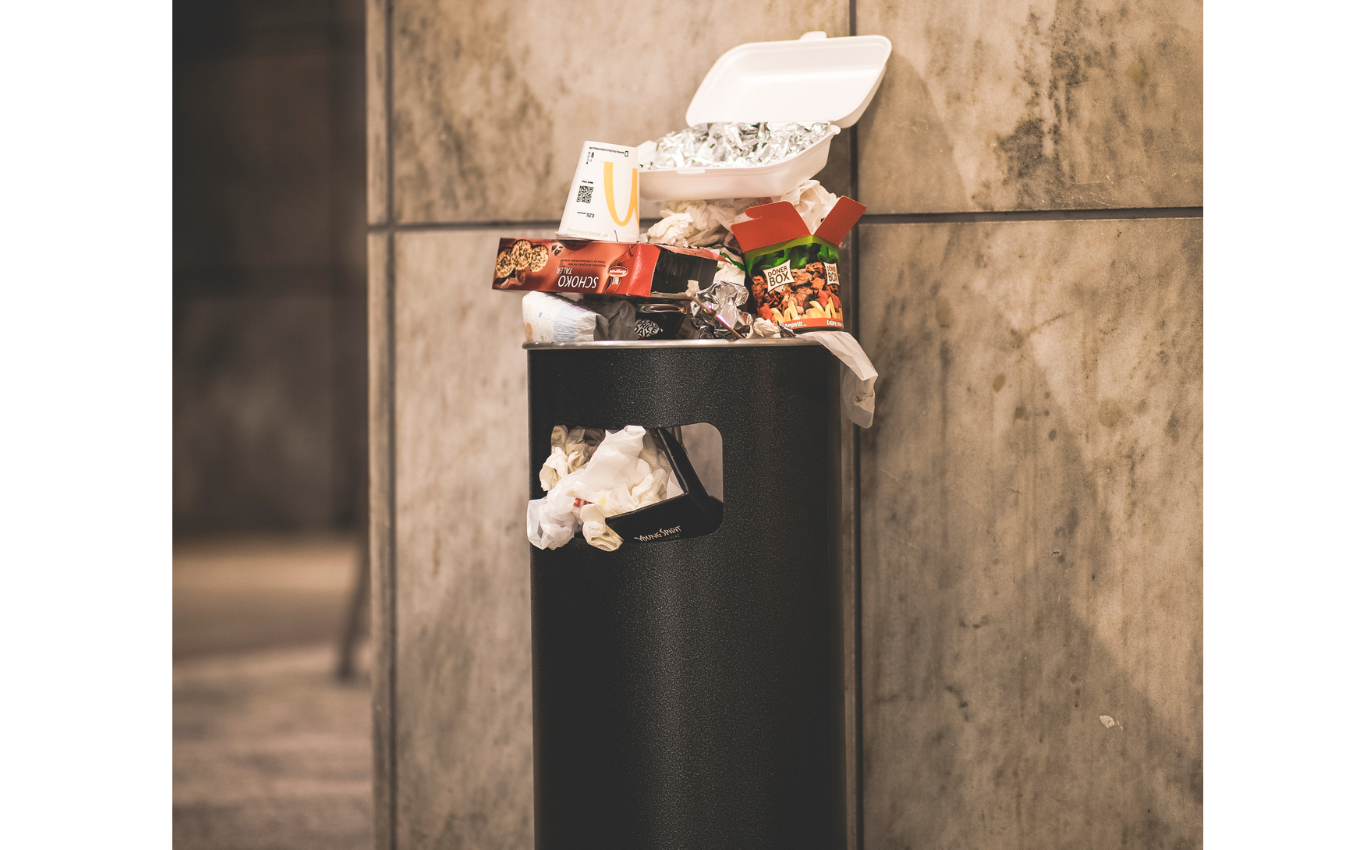
Sustainable Strategies to Reduce Food Packaging Waste
Optimize Packaging Design: Rethink packaging design to use the least amount of material necessary while maintaining product safety and quality.
Eco-Friendly Materials: Embrace sustainable packaging materials such as biodegradable plastics, compostable materials, and recycled content.
Reduce Single-Use Plastics: Transition away from single-use plastics and adopt reusable and refillable packaging options.
Minimalist Packaging: Embrace minimalist packaging with clear labeling and reduced graphics to reduce material usage.
Innovative Packaging: Explore innovative packaging solutions, such as edible packaging or dissolvable packaging materials.
Recyclability and Compostability: Prioritize materials that are easily recyclable or compostable to promote responsible disposal.
Consumer Education: Educate consumers about responsible packaging disposal, recycling programs, and the importance of reducing food waste.
Reduced Food Waste: Encourage portion control or provide resealable packaging to minimize food waste.
Circular Economy: Implement circular economy principles, which prioritize recycling, reusing, and reducing materials in the packaging lifecycle.
Corporate Responsibility in Reducing Food Packaging Waste
Sustainable Sourcing: Source packaging materials from sustainable and ethical suppliers.
Eco-Friendly Initiatives: Invest in sustainable packaging research and development and collaborate with industry partners to promote eco-friendly practices.
Packaging Audits: Regularly evaluate and audit packaging to identify areas for waste reduction and improved sustainability.
Regulatory Compliance: Stay informed about and comply with evolving regulations related to packaging and waste reduction.
Transparency: Be transparent with consumers about your sustainability efforts and progress.
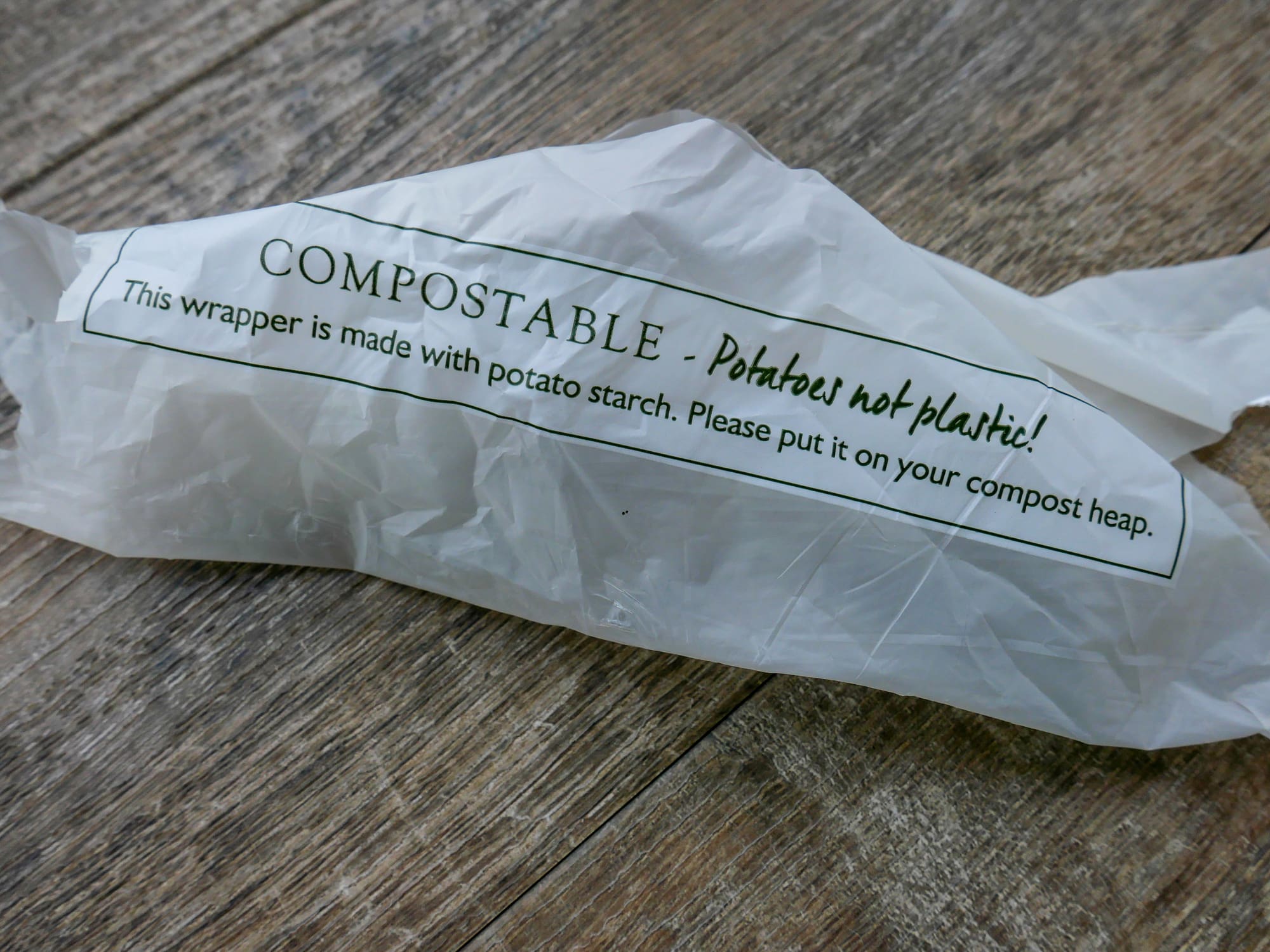
The Consumer Role in Reducing Food Packaging Waste
Responsible Disposal: Dispose of packaging materials in accordance with local recycling and waste disposal guidelines.
Minimalist Shopping: Make informed and mindful purchasing decisions to reduce unnecessary packaging.
Support Sustainable Brands: Choose products from companies committed to sustainable packaging and waste reduction.
Conclusion
Reducing food packaging waste is a shared responsibility that involves businesses, consumers, and policymakers. By implementing sustainable packaging strategies, embracing eco-friendly materials, and educating consumers about responsible disposal and purchasing habits, we can work towards a greener future with minimized food packaging waste. It’s time to rethink, redesign, and reduce our packaging footprint to protect the planet for future generations.
If you are interested in reducing your food packaging waste, then partner with Brown Packaging today to get started.
As tariff changes reshape global trade, packaging buyers moving production from China to the U.S. or nearshore regions face a new challenge: supplier qualification. Transitioning
With new tariff proposals and continued trade uncertainty, 2026 is shaping up to be another pivotal year for packaging sourcing strategy. Many companies that shifted
Following multiple rounds of tariff changes and trade policy adjustments, 2026 marks a turning point for U.S. packaging buyers. Many who previously transitioned from China
Shifting packaging production from China to the U.S. can help stabilize costs, reduce tariff exposure, and shorten lead times. But the transition process requires careful
RSC boxes are known for their efficiency and versatility, but their performance ultimately comes down to strength. Buyers often see numbers like ECT, BCT, and
In packaging, foam isn’t just about initial protection — it’s about maintaining performance over the entire shipping or storage cycle. Compression set and recovery characteristics
Home » How To Reduce Food Packaging Waste
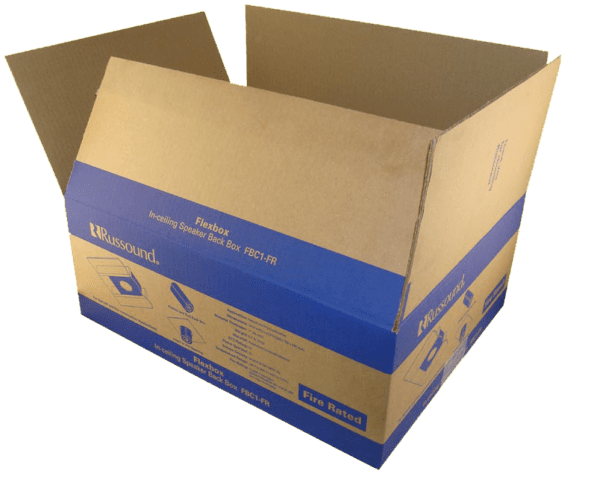
RSC boxes are known for their efficiency and versatility, but their performance ultimately comes down to strength. Buyers often see numbers like ECT, BCT, and

Packaging foam is essential for protecting products against shocks, vibrations, and other potential damages during transportation and storage. Understanding the different types of packaging foam
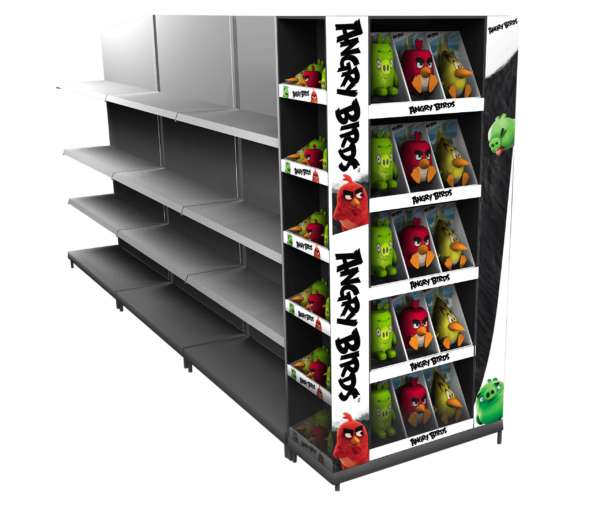
As the retail landscape continues to evolve, staying ahead of the latest trends is crucial, especially during the competitive holiday season. In 2025, Point of


